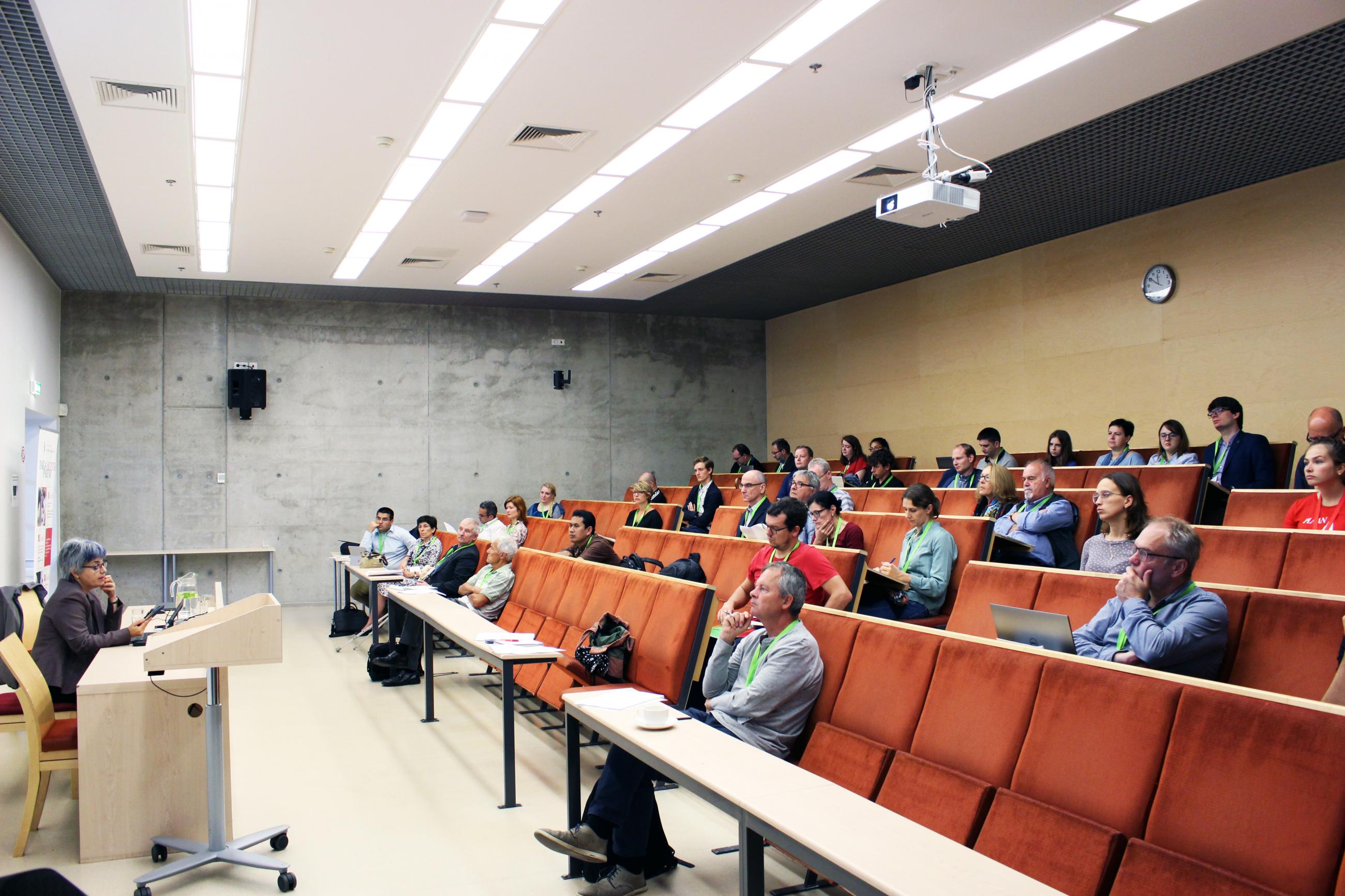Environmental historians gather in Tallinn University
Estonian Centre for Environmental History (KAJAK) hosts Europe's best environmental historians 20th anniversary conference in Tallinn University.

From 21st to 25 August, Tallinn University hosts the largest conference on environmental history in Europe, where recognized scientists around the globe will participate. The conference holds the title „Boundaries in/of Environmental History“ and among other topics, Chernobyl catastrophe and nature conservation in the past, present and future will be discussed.
The conference brings together about 500 participants from around the world. Among the many other speakers there are various of recognized scientists, who will be discussing on environmental history related topics. For example – one of out keynotes professor Kate Brown (Massachusetts Institute of Technology) will be presenting her research results about the Chernobyl catastrophe. Professor Sverker Sörlin (KTH Royal Institute Technology) will be talking about the history, present and the future of the environment and nature conservation under authoritarian regimes will be discussed by professor Richard Tucker (University of Michigan).
The title „Boundaries in/of Environmental History“ refers to an argument that boundaries are one of the key questions in the 21st century. Whether we talk about boundaries between countries, cultures or in science. Which boundaries should be dismantled and which ones should be protected? When taking into consideration the whole planet’s ecosystem, then where are the boundaries between biology and the earth? Where starts and ends the boundaries in being humane?
„Due to Estonia’s location and history, it was the right decision to hold this year’s conference here in Estonia,“ said the conference head organiser professor Ulrike Plath. In her opinion, the conference is essential for both - Estonia and Tallinn University. Due to establishing the Estonian Center for Environmental History in 2011, Tallinn University in Estonia is said to be the core of environmental history in the Baltic region.
Among foreign scientists and professors, many local researchers also will share their presentations. For example, climate problems and crisis in the Baltic region will be discussed by Tallinn University scientists Kaarel Vanamölder, Krister Kruusmaa and Priit Raudkivi. In contrast, the head organiser professor Ulrike Plath will present her research on 19th century fights about gender equality and animal rights.
The head organiser, professor Ulrike Plath, ensures that the conference will offer great quality. For example, the conference surprises its guests with its own mobile application and many interesting student projects.
„The aim of the conference is not simply to show our guests the beauty of Estonian nature and the level of our science, but to give our researchers, students and guests a platform where people interested in environmental history could come together to see and hear what international environmental history is about,“ says professor Plath.
The Tallinn conference „Boundaries in/of Environmental History“ is part of European Society for Environmental History (ESEH) biennial conference series. Environmental history’s importance in Europe and the world in general is growing and boundaries between nature, social and humanity sciences are constantly blurring.
Everyone is welcome to the conference. It is possible to buy daily tickets with the price of 40 euros on the spot (20 euros for students and pensioners). The plenary presentations of the conference will be broadcasted here. You can find the detailed programme here.